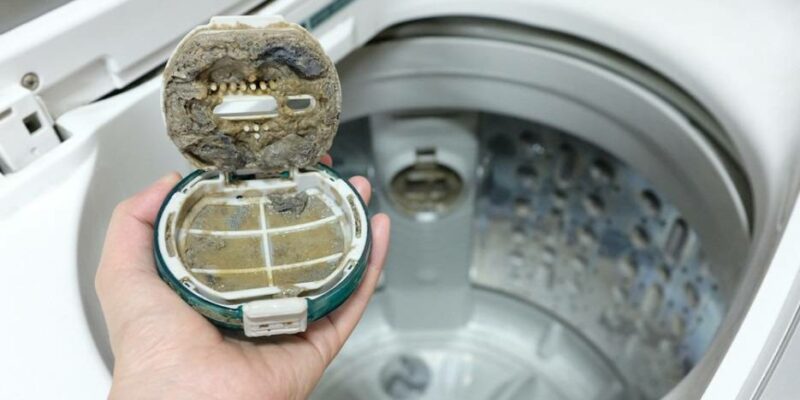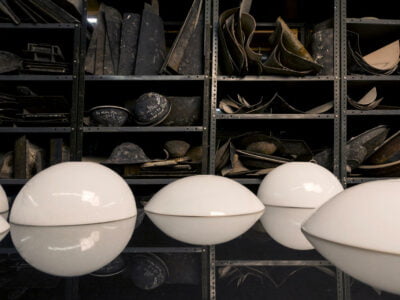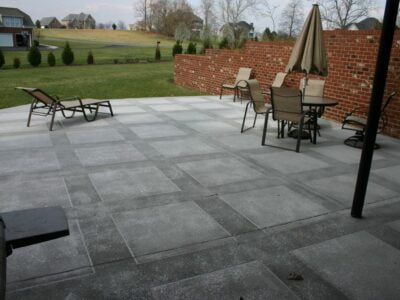Maintaining the functionality of your washing machine involves proper care and timely repair or replacement of its parts. When it comes to replacing Whirlpool parts, it is crucial to choose high-quality options that are durable and easily accessible. Ensuring the smooth operation of your machine, these Whirlpool parts play a significant role in addressing any potential issues.
In this comprehensive guide, we will highlight common washing machine parts, including Whirlpool parts, that often require repair or replacement. By understanding these components and their maintenance needs, you can keep your washing machine running efficiently for years to come.
1. Motor: Powerhouse of the Machine
The motor of your washing machine or dryer may experience overheating, leading to temporary system shutdowns. While the motor might start working again after cooling down, frequent overheating is a sign of an underlying problem. If you encounter this issue, it is advisable to consult a professional for motor replacement or seek guidance on the wash and cleaning cycles. Fortunately, replacement motors for washers and dryers are readily available and affordable.
2. Water Pump: Ensuring Proper Water Flow
The water pump is a crucial component that facilitates the movement of water into and out of the machine during each wash cycle. If the water pump becomes clogged with dirt or breaks, it can disrupt the water flow and cause problems. To address this issue, you can consult a professional for water pump inspection and potential replacement. In some cases, the water pump, especially if made of rubber or plastic, may break and require replacement. Additionally, a faulty pump seal can lead to water leakage, indicating the need for replacement.
3. Coupler: Transferring Power Efficiently
Another part that commonly experiences damage is the coupler, which is responsible for transferring power from the motor to other machine components. Typically made of rubber or plastic, the coupler can break and affect the motor’s functioning. By replacing the coupler, you can effectively resolve motor-related issues. Notably, the cost of replacing a coupler is generally more affordable than replacing the entire motor, making it a cost-effective solution.
4. Belt: Ensuring Smooth Operation
Washing machines and dryers rely on belts to enable smooth movement of the tub or drum. These belts secure the components in place and facilitate the proper functioning of the machine. If you notice that the tub is not moving as it should, it is a clear indication of a broken belt. Although the machine might still clean your clothes, its efficiency will be compromised. In the case of a malfunctioning dryer belt, you may hear the machine running, but the clothes won’t dry properly until the belt is replaced.
5. Gasket: Maintaining Heat and Preventing Leaks
Gaskets play a vital role in both washers and dryers by keeping the heat inside the machine and preventing leaks. When the washer gasket fails, it can lead to water leakage during operation. Similarly, a malfunctioning dryer gasket can hinder the effective drying of clothes. If you encounter issues with gaskets, it is essential to address them promptly to avoid further complications.
Conclusion:
While these washing machine parts may seem small, they play a significant role in the machine’s overall performance. Regular maintenance and timely replacement are crucial to prevent future problems. By taking proper care of these components, you can ensure the long-term functionality of your washing machine and enjoy hassle-free laundry days. Remember to inspect and replace these parts as needed to keep your machine running smoothly.










Comments